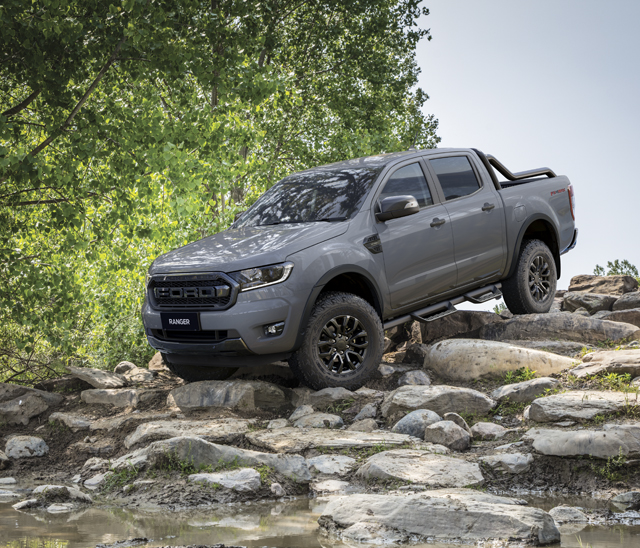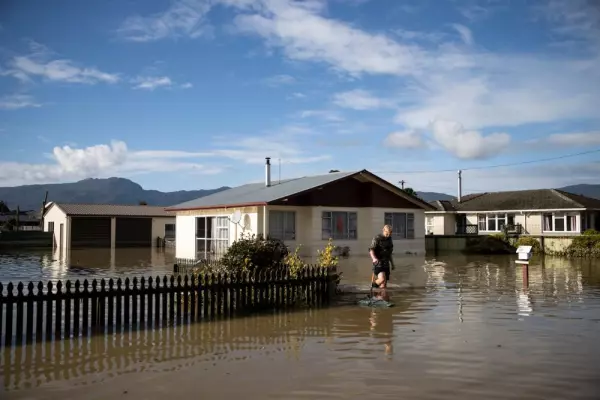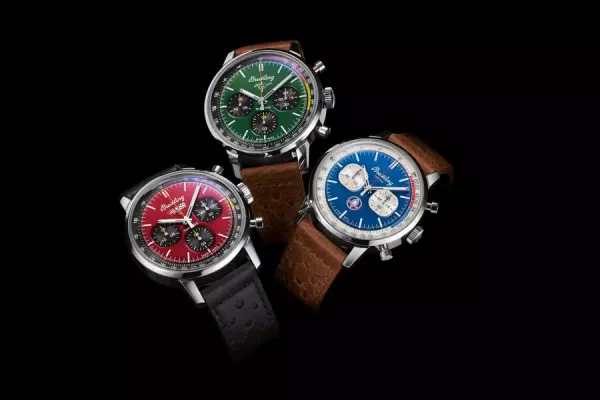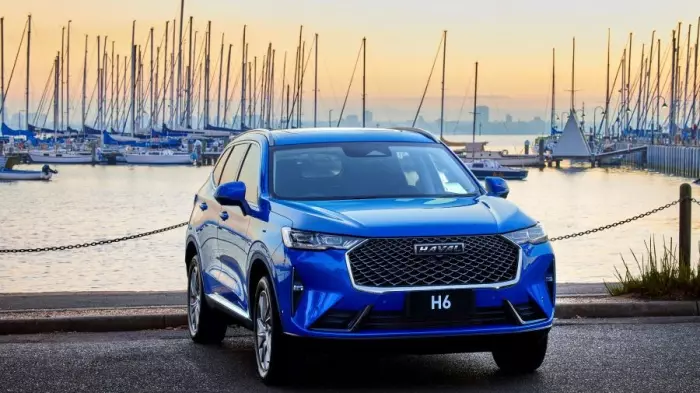In the interests of furthering the aims of New Zealand investigative journalism, I have spent considerable time and effort thinking about utes.
Who wants them? Why? How come people are so passionate about them that they’ll parade suspiciously clean tractors down the main streets of our big cities and random South Island towns?
As a part-time farmer*, I get their utility. I understand how versatile they can be, though personally, a decent-sized SUV seems more useful – and keeps the dogs dry.
But as a seasoned investigative journalist, I needed more than supposition. I needed to tackle our biggest metropolis in one of our biggest and most popular vehicles, the Ford Ranger.
I hoped to answer a question that has bugged me for many years: Why does the office carpark across the road from our inner-city house have six double-cab Rangers parked in it every day, none of which ever seem to see work other than a daily commute? One of the Ranger owners also has a classic Porsche.
 The Ranger rocks an outdoor adventure.
The Ranger rocks an outdoor adventure.
So, pre-lockdown, I pick up the Ranger FX4 Max and head out on the highway, looking for adventure in whatever comes my way. This being Auckland, I instead face a 50-minute crawl to travel just 17km.
Arriving home, I pick up the missus and we head to Bunnings (the one in Grey Lynn; we can’t risk leaving our urban bubble). We buy a kitset shed and it easily pops into the back of the ute, sticking out over the edge. Test one passed.
Next comes the agility test. After driving up Parnell Rise, we turn into the Domain. Many judder bars are driven over. No issues. Test two passed.
Then it is on to Ponsonby, and I manage to parallel-park outside a flash restaurant. To be fair, it is the only ute for a few hundred metres and people do look at me a little like I am a tosser for driving a vehicle such as this in town. Test three passed.
I’m surprised by just how big the Ranger is. I have to use a step to get into it, and sit eye-to-eye with van drivers.
The Ranger range is immense. I can count 17 models, from a $44,690 single cab through to the $85,490 4WD Raptor double-cab Wellside.
It has all the specs you’d expect given its range and popularity. Depending on model, it will tow 3.5 tonnes, wade through 850mm of water, recognise speed signs, and help launch itself on hills.
The Ranger FX4 Max is a highly specced model, sold as a mud-loving, mountain-conquering off-road beast that has more ground clearance than the standard version (256mm vs 232mm).
 The Ranger gives good ground clearance.
The Ranger gives good ground clearance.
My FX4 Max goes for $69,990, with FOX shock absorbers, independent suspension, hill descent control, underbody protection for its engine and fuel tank, 10-speed automatic transmission, and a two-litre bi-turbo diesel engine. (All Rangers are diesel.)
And that two-litre engine means it will feel a relatively light pinch from the “feebate” penalty applied to high-emission vehicles from January 1. The 3.2-litre variant will get more of a slap than a pinch, however.
Ford has been taking orders for up to 100 Rangers a day and says it can still get them to purchasers before the end of the year. But if the order slips past January 1, that is an issue for the dealer and the buyer.
Compounding that for the owners of double-cab utes is a potential clampdown on fringe benefit tax. At present, Inland Revenue pretty much assumes all utes are used for work all of the time. If that changes, the tax collector may just start demanding to know what is being done with all those utes parked opposite my house.
But forget all that for now. I think I’ve proven (convincingly) that a ute is not just a country car, or for tradies. It can be an everyday runaround for tossers like me.
* I have a paddock up north of Auckland at Paparoa. We have ducks. Sometimes they lay eggs. Totally a farmer.













